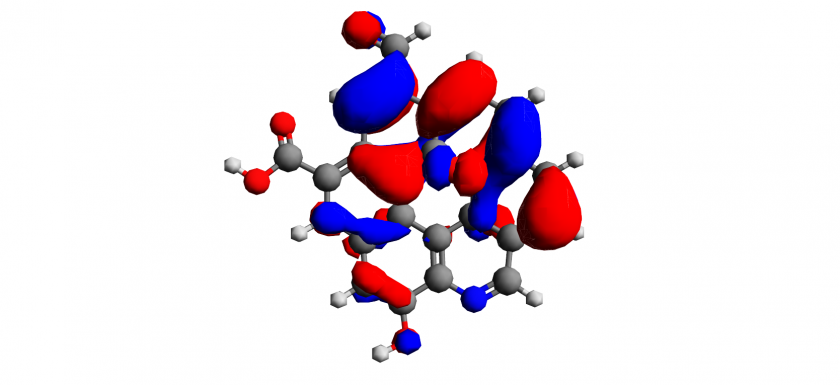Pico and nanosecond lasers are in action to do a mission within the solar cells’ bodies
Figure 1 : The mini solar module after scribing. The laser scribing, which means digging lines within the layers of the solar cells, is a significant process within the fabrication scheme for solar cells modules. Scribing is done in order to contact the cells within the module, upscale the area of these manufactured modules for industrial applications and save the efficiency in the meantime. My project is concerned with the scribing of the absorber material layer of CIGS thin film solar cells. This involves optimization of the parameters of the lasers beams, pico and nanosecond ones , and comparing, qualitatively and quantitatively,Read More →

